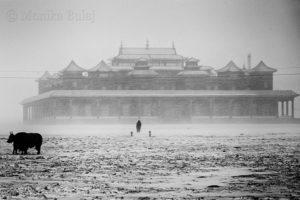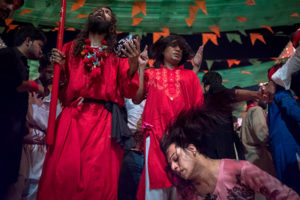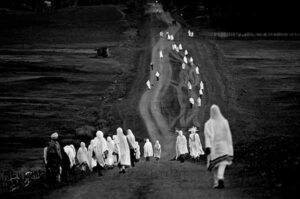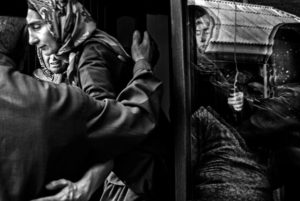work in progress
Introduction “Andanti”, by Monika Bulaj
It is a work on the move, with people fleeing the madness of man: nomads who can no longer wander, minorities forced to become nomads, pilgrims in shrines targeted by terrorists.
In the Middle East, Africa and Asia, a world is disappearing where for centuries people have shared gestures, words, songs, dances, places, gods. Places where the sacred transcends borders. One has to set out, to understand. To share sleep, thirst, hunger, joy, fear and foot wounds.
The persecuted minorities in Afghanistan and Pakistan, the Christians of the East, the initiates who embody the gods of exiled Africa, the Sufi masters from the Maghreb to the Indies, the shamans of ancient Baktria, the last pagans of the Hindukush and Russia, the Tibetan nomads, the Gnostic sects of the Zagros mountains… They are some of the vilified and threatened peoples.
Their places are the last oases of encounter, enclaves besieged by armed fanaticism. Peripheries where the gods often speak the same language. Where signs, presences, shared gazes emerge from the shadows of monotheisms. Lands of millenary promiscuity, hated by those who preach the clash of civilisations.
I imagine an atlas of minorities at risk in their sacred places, which disorients and confuses mental maps based on dogmas and exclusions, fixed on the preconception that every believer must have their own place for which to die and be able even to kill, on the pure-impure polarisation, the same that led to the extermination camps.
These are submerged geographies, stratifications of memories, copresences and correspondences. An atlas of places with uncertain identities, places-bridges, indecipherable to the barbarians, where formulas handed down by word of mouth have been preserved for centuries, and with them knowledge about origins, metaphors for initiations and transformations, recipes for survival.
My work has changed over the years. At first I documented small and large religions, in the shadow of ancient and recent wars, and on their ashes. Then, at a certain point, it was the images themselves that sought me out, that spoke for themselves, telling of prayers and dreams, of water and fire, of memory, of the theatre of the dead, of the way of songs.
Now what I do is a simple, almost childish thing: I collect shards of a great broken mirror, billions of shards, incoherent fragments, pieces, atoms, perhaps bricks of the tower of Babel. Perhaps this is what a photographer can do, collect pieces of a mosaic that will never be complete, put them in the order that seems right or perhaps only possible, dreaming of that whole image of the world, which perhaps exists somewhere, or perhaps was and is lost, like Adam’s language.
It seems an impossible task, which will never be complete. Year after year I add a piece, a splinter, a spark. I fill the agenda of the sacred with lunar and solar calendars, but also with Jewish, Muslim, Tibetan and Ethiopian ones. Chosen hours, solstices, equinoxes, cycles of life, from sowing to transhumance. Sometimes the different calendars overlap, revealing continuity that we have forgotten, that we struggle to recognise.
Solitude, free of filters and protections, is the premise for encounter, it opens the way to people and between people. Sometimes I have a faithful travelling companion: the fear of being late.
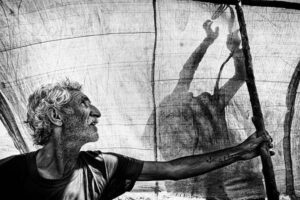
Iran
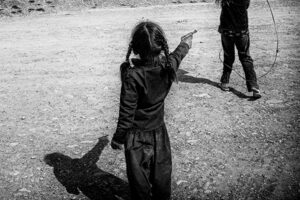
Iraq
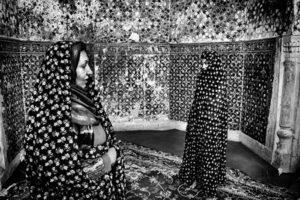
Afghanistan
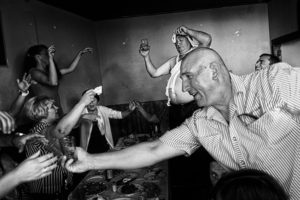
Kosovo
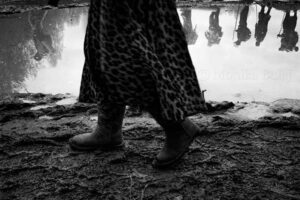
Russia
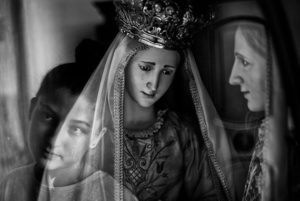
Italy
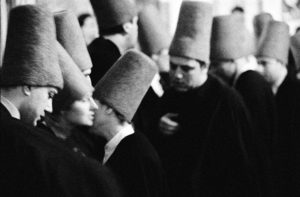
Turkey

Iraq
The Eye of Photography
Leonian Award of W. Eugene Smith grant in Humanistic Photography (video)
Pulitzer Center conference Beyond Religion Washington 8th June 2019
An Outsider’s Perspective. Documenting Endangered Rituals Around the World. VQR Online December 2019
Book Geografie sommerse (in Italian)

